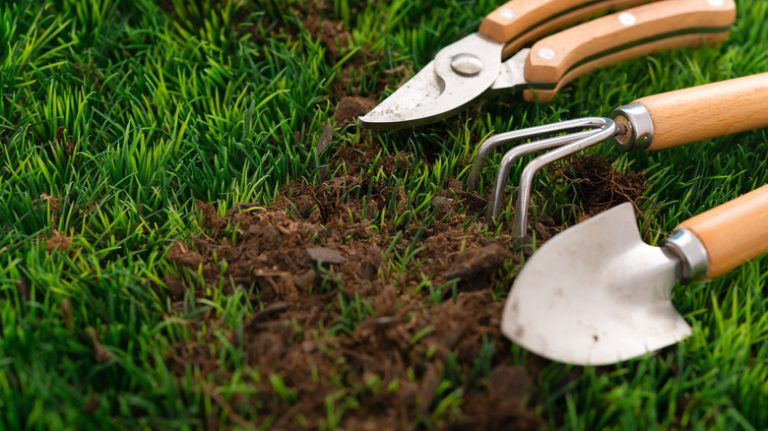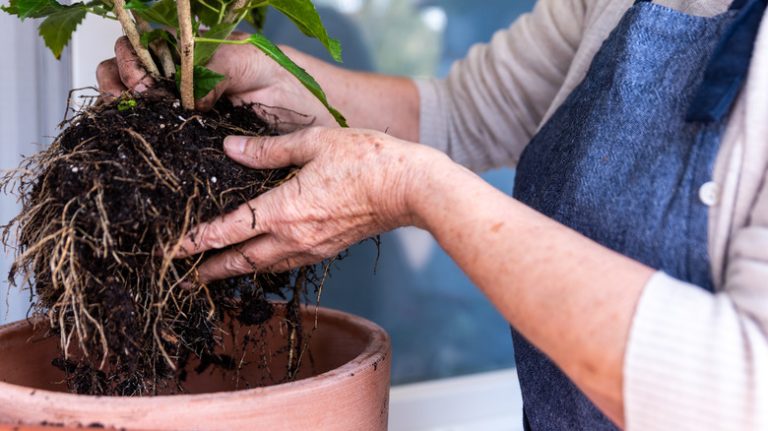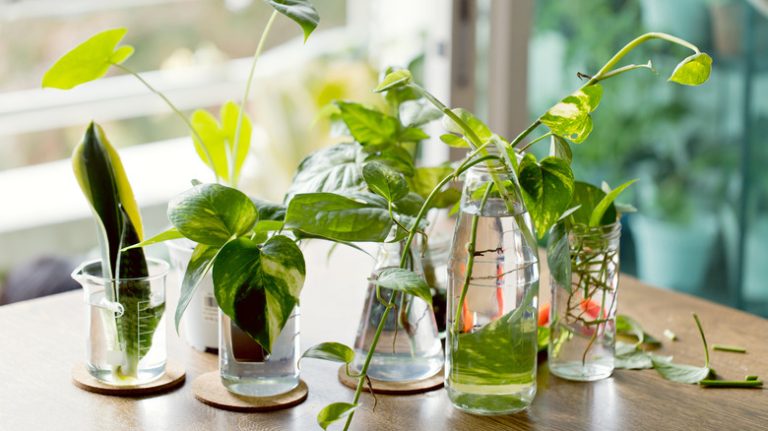If you’re on the hunt for a colorful, easy-to-grow plant, coleus stands out as a viable option. Native to the tropical regions of Southeast Asia and Africa, the coleus is part of the Lamiaceae family. It holds a special place in the world of botanical research due to its complex genetic makeup, which allows for the vast variety of patterns and shapes in its foliage, the main standout feature. Indeed, diversity is at the heart of the coleus plant’s charm. In addition to the varying patterns, each plant variety also brings its own unique splash of color to your garden. From deep purples and fiery reds to vibrant greens and yellows, these leaves can transform any dull corner into a lively focal point.
Height is another aspect of its diversity. These plants typically grow between 6 and 36 inches tall, catering to various garden spaces and styles. Recognized as an annual plant, coleus thrives in a range of environments. Whether you’re decking out your outdoor garden, adding plants to a balcony space, or brightening an indoor area, coleus adapts remarkably well. Its ability to flourish in both pots and garden beds makes it a versatile choice for gardeners at all levels. As you consider incorporating coleus into your green haven, it’s crucial to understand the best varieties to choose from, as well as the plant’s growth habits and requirements.
Understanding the diverse varieties of coleus
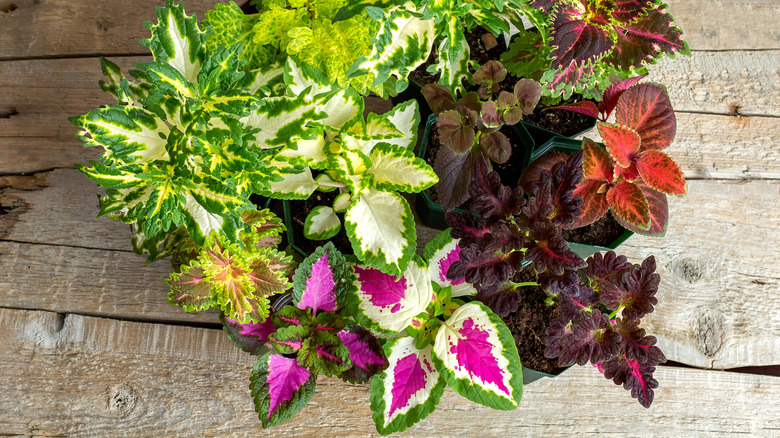
Choosing the right coleus variety can be an exciting, yet daunting task, given the vast array of options available. To simplify your selection, let’s delve into some of the top performers that the University of Minnesota Extension has identified. These include the Heartbreaker, Main Street, FlameThrower®, and Kong® varieties, each offering unique visual and growing characteristics.
The Heartbreaker coleus is a true gem in the family. It grows to a height of 24 inches, and its foliage is a stunning blend of deep purple and pink. Next up is the Main Street series. The leaves of this plant are predominantly deep red and purple. Overall, it’s a sturdy plant that can grow up to 36 inches. Moving on to the FlameThrower®: This variety lives up to its name with a fiery appearance. The leaves have a unique pattern, blending shades of orange, red, and yellow, reminiscent of flames. If you’re looking to add warmth to your garden, FlameThrower® is an excellent choice. It’s also perfect as a container plant, as it doesn’t grow as tall as the others. It has a maximum height of 18 inches.
Lastly, the Kong® variety is notable for its large, imposing leaves. These leaves often feature a mix of pink and brown colors, with contrasting green veins and edges. It can grow up to 18 inches, and like all the others, it is perfect for gardeners looking for a statement plant that commands attention.
Growing and nurturing your coleus plants
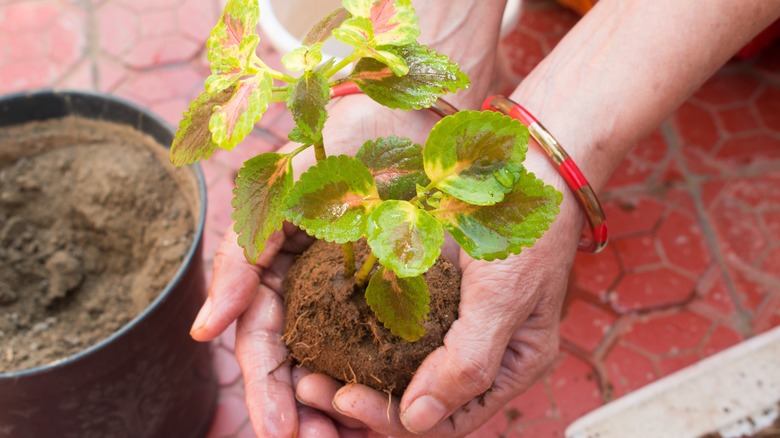
As you embark on the journey of growing coleus plants, it’s essential to understand their care requirements. Firstly, let’s talk about the soil conditions ideal for coleus. These plants aren’t particularly picky about soil pH, though they generally thrive best in a slightly acidic to neutral environment. Also, when planting coleus, whether in a pot or in the ground, ensuring good drainage will set the stage for healthy growth.
Sunlight is another critical factor in the care of the coleus. While these plants are versatile in their light needs, they typically do well in both full sun and shade. However, the intensity of leaf color can vary depending on the amount of sunlight they receive. More sun tends to intensify leaf hues, while shade can make the colors more subdued. It’s a good idea to observe how different varieties respond in your garden and adjust their location if needed.
Watering routines for coleus should be consistent. For plants in containers, regular watering is essential — ideally daily — but ensure the container has drainage holes to avoid water buildup. In garden beds, water only when the top 1 to 2 inches of soil feel dry to the touch. Lastly, fertilization plays a significant role in the lush growth of coleus. At the time of planting, add a granular fertilizer to the soil. Look for one with a balanced mix of nutrients, and try to fertilize monthly.

